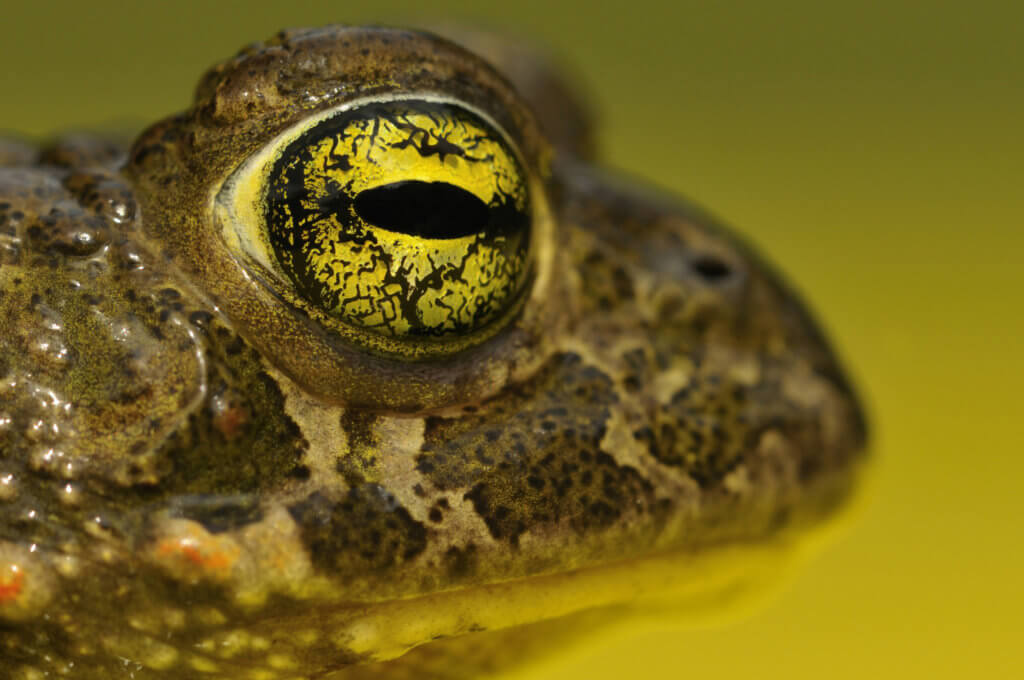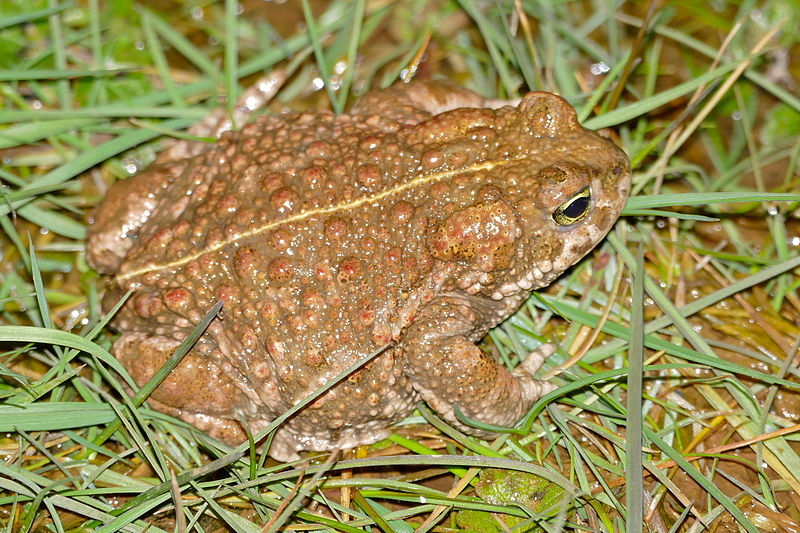
The Solway Firth is the only area of Scotland with Natterjack Toads and one of the area’s important sites is the Mersehead RSPB nature reserve where storms damaged the dunes where the toads hibernate in 2013.
New shallow ponds were created across the site for the toads to breed in.
In spring 2014 there were around 30 breeding male toads counted at Mersehead and last year there were 150. With the help of Dr Pete Minting from Amphibian and Reptile Conservation (ARC), the RSPB set up a ‘mugshot database’ of Natterjack Toad photographs during the surveys, to ensure that the same individuals were not being counted night after night. Each toad carries a unique wart pattern and yellow ‘racing stripe’ on its back – which together, act much like a human fingerprint.
Females are more difficult to survey than males, because they only visit the ponds for a couple of nights a year to lay their eggs, but there has been plenty of toad spawn which shows that the population is thriving.
James Silvey, RSPB Species and Habitats Officer, said: ‘It’s fantastic to see that the natterjack population is responding to the habitat management we’ve put in place. The evidence of toads breeding in three of the five ponds we made for them in 2015 is a real highlight. Natterjack populations are declining across most of their range in Scotland due to climate change and inappropriate management, making the population at Mersehead all the more important. We’ll be continuing our work for these amphibians over the coming years to hopefully increase their numbers even more.‘.

Well, according to Andy Richardson’s latest FB post, a pond local, to him used to be teeming with toads at this time of year, but this year it’s completely devoid of any. Guess why? Yep, badgers have eaten them all.
That title is unfrogettable!